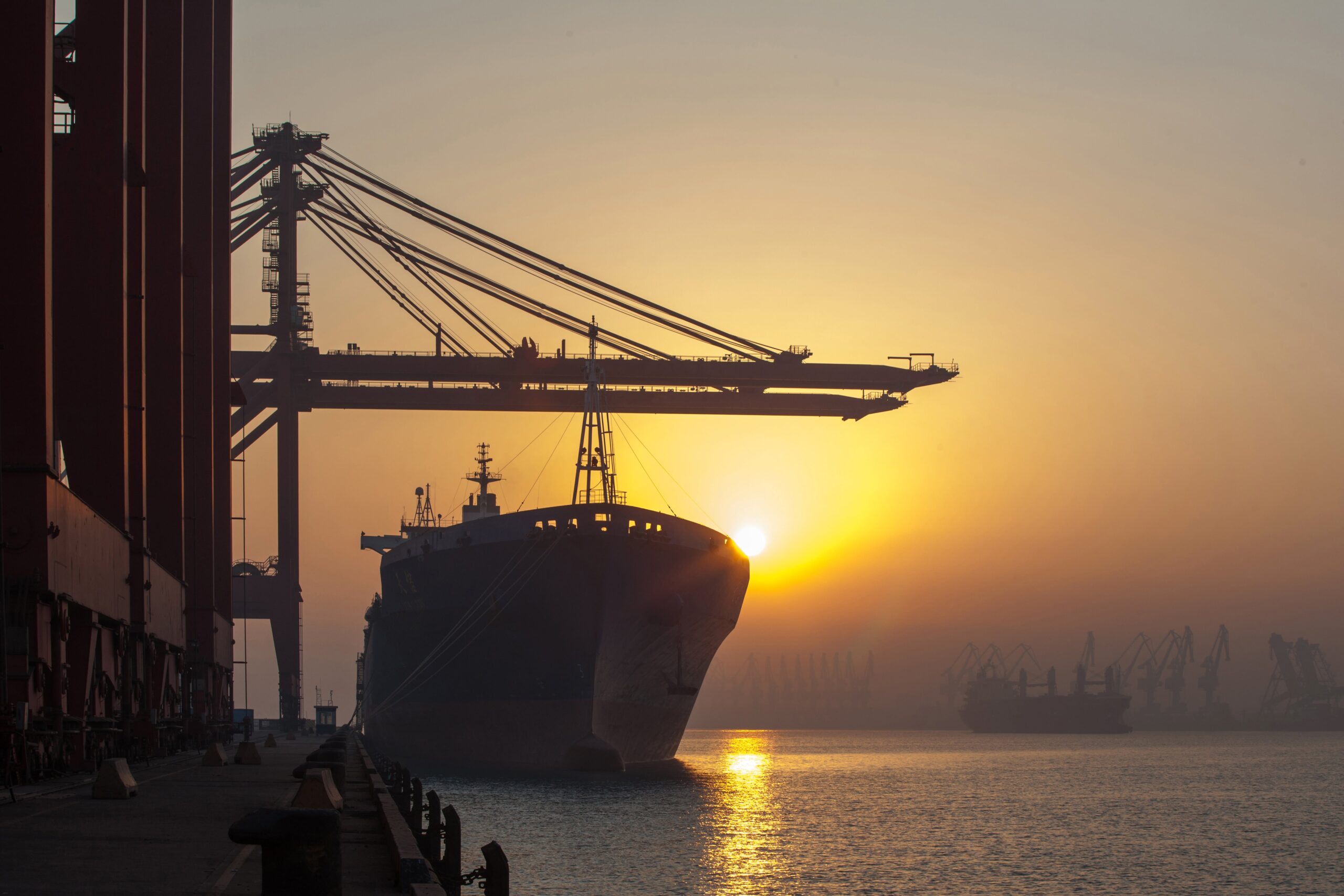
In today’s fast-paced global marketplace, efficient and cost-effective shipping solutions are crucial for businesses to thrive. Two common terms you’ll encounter in the realm of shipping are “Full Container Load” (FCL) and “Less Than Container Load” (LCL). These terms pertain to different strategies for transporting goods across the world. In this article, we’ll delve into the intricacies of FCL and LCL shipping, exploring their benefits, and differences, and how to choose the right option for your business.
A Brief Introduction to FCL and LCL Shipping
Before we venture into the specifics, let’s clarify what FCL and LCL shipping comprise.
Full Container Load (FCL) Shipping
Full Container Load is the abbreviation used in international transportation. As the term implies, FCL entails the shipment of products within a single, dedicated transportation container that is reserved exclusively for your cargo. This method is optimal for shipping large quantities of products, enough to fill an entire container.
Less Than Container Load (LCL) Shipping
In contrast, Less Than Container Load (LCL) refers to shipments that do not fill an entire container. With LCL, your shipment shares a container with those of other companies. This method is appropriate for smaller shipments because you only pay for the space you utilize.
The Distinct Advantages: FCL and LCL Unveiled
Both FCL and LCL shipping methods offer unique advantages that cater to different shipping requirements.
Benefits of FCL Shipping
Security and Protection: Since the container is exclusively for your cargo, the risk of damage or loss due to shared space is minimized.
Efficient Packing: FCL allows for efficient loading and unloading, as your cargo occupies the entire container space.
Priority Handling: FCL shipments often receive priority handling at ports, reducing transit times.
Benefits of LCL Shipping
Cost Savings: LCL is cost-effective for smaller shipments, as you share container expenses with other businesses.
Flexibility: LCL accommodates shipments of varying sizes, providing flexibility in managing your inventory.
Access to Global Markets: LCL enables businesses with smaller shipments to access global markets without the need for a full container.
Choosing the Right Strategy: Factors to Consider
The choice between FCL and LCL shipping is determined by a number of factors unique to your business and shipment specifications.
Quantity of Goods
Consider the number of products you must dispatch. If you have a substantial quantity of cargo, FCL may be the best option to ensure that your items are safely contained in a single container.
Financial Considerations
Evaluate your budget and anticipated costs. LCL is typically more economical for smaller shipments, allowing you to save money on container costs.
Priority and Travel Times
Evaluate the timeliness of your cargo. Due to priority management at terminals, FCL cargoes typically have shorter transit periods, which can be crucial for time-sensitive shipments.
Quality of Goods
The nature of your merchandise is relevant. Fragile or delicate products may benefit from FCL shipping, as it reduces the possibility of injury during transport.
Conclusion
In the ever-evolving world of international trade, choosing the right shipping strategy is pivotal. Whether you opt for the security of FCL or the cost-effectiveness of LCL, understanding your business’s unique needs is crucial. Consider factors such as cargo volume, budget, urgency, and the nature of goods to make an informed decision that aligns with your goals.
As you continue to navigate the global shipping landscape, remember that each strategy has its merits. With FCL, your goods are cocooned in security, while LCL opens doors to international markets for businesses with smaller shipments. By harnessing the power of these shipping methods, you can propel your business toward success on the global stage.
